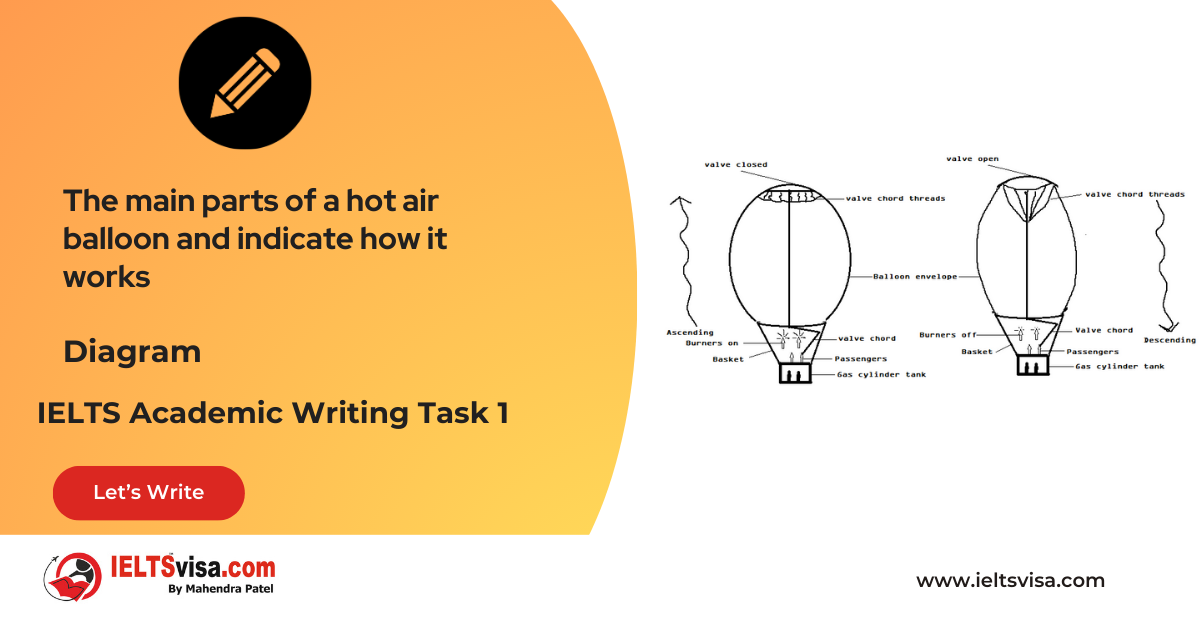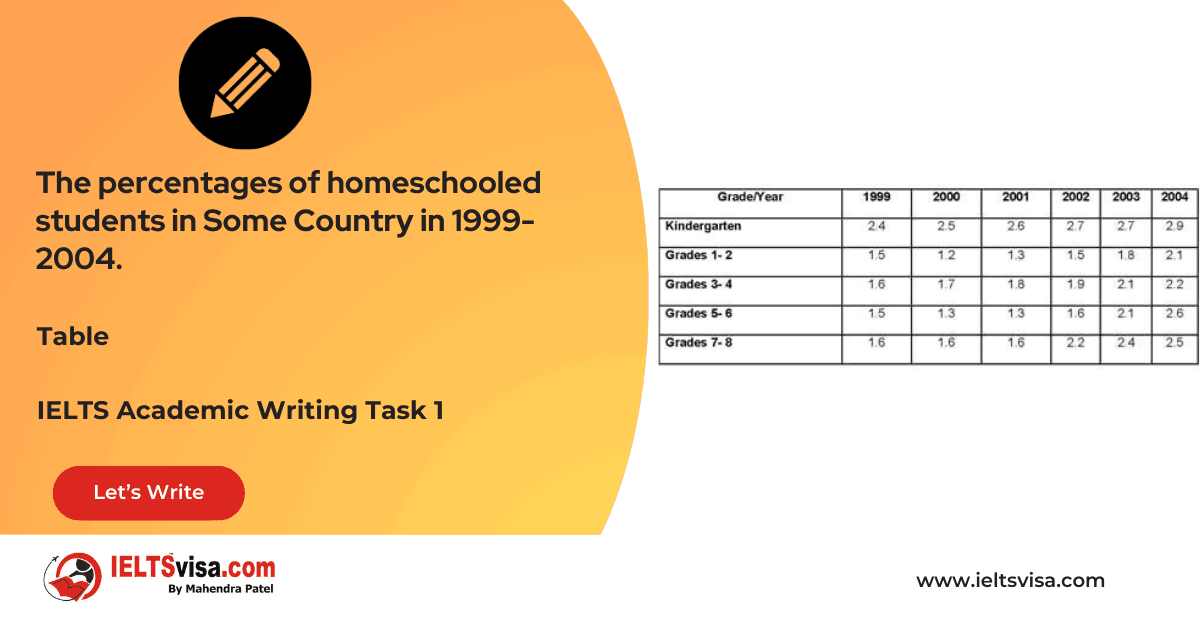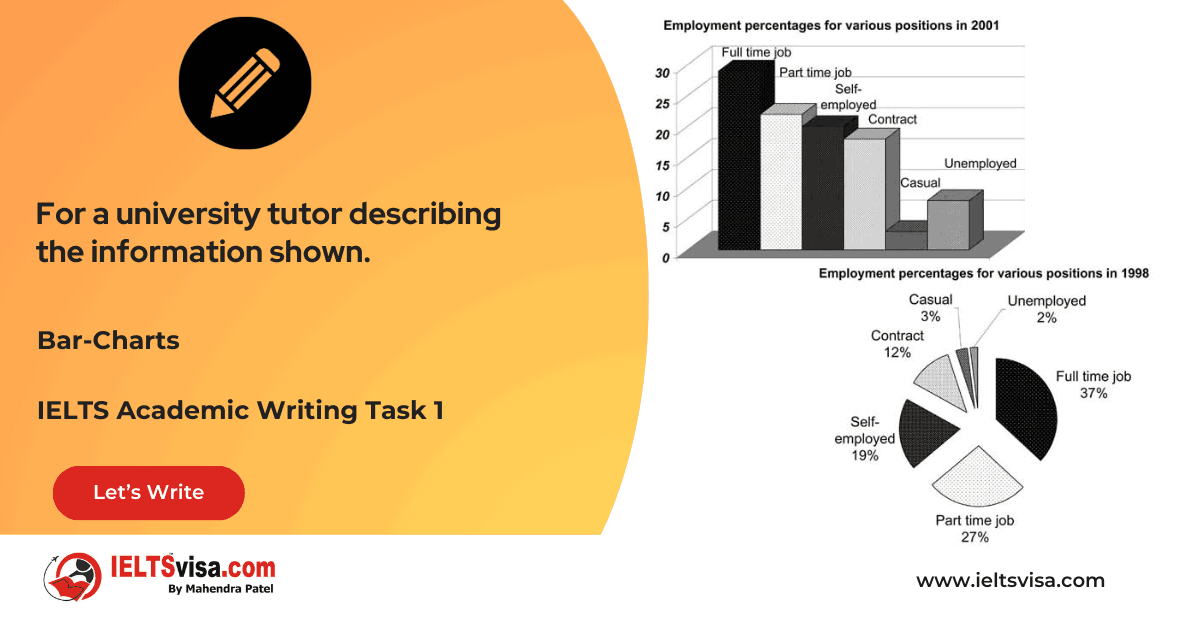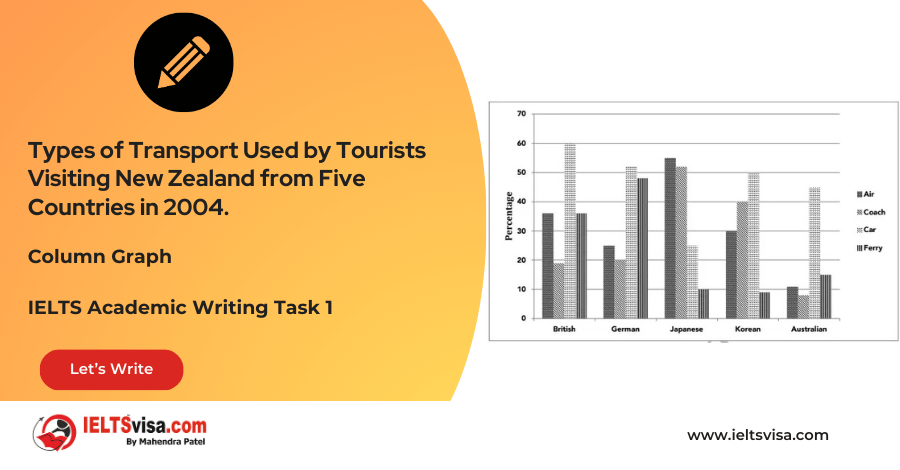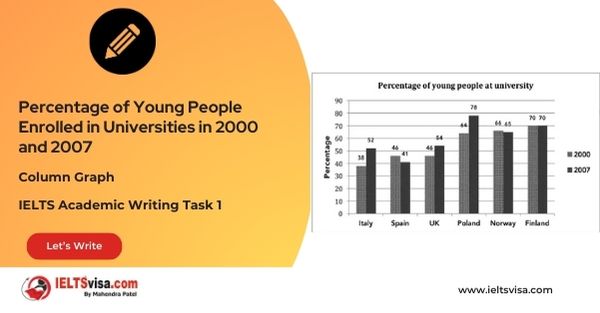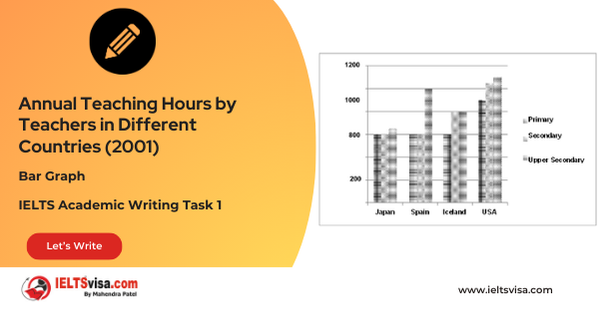The way people of Some country invested their money during the years 2001 – 2006
IELTS Academic Writing Task 1 - Bar-Charts
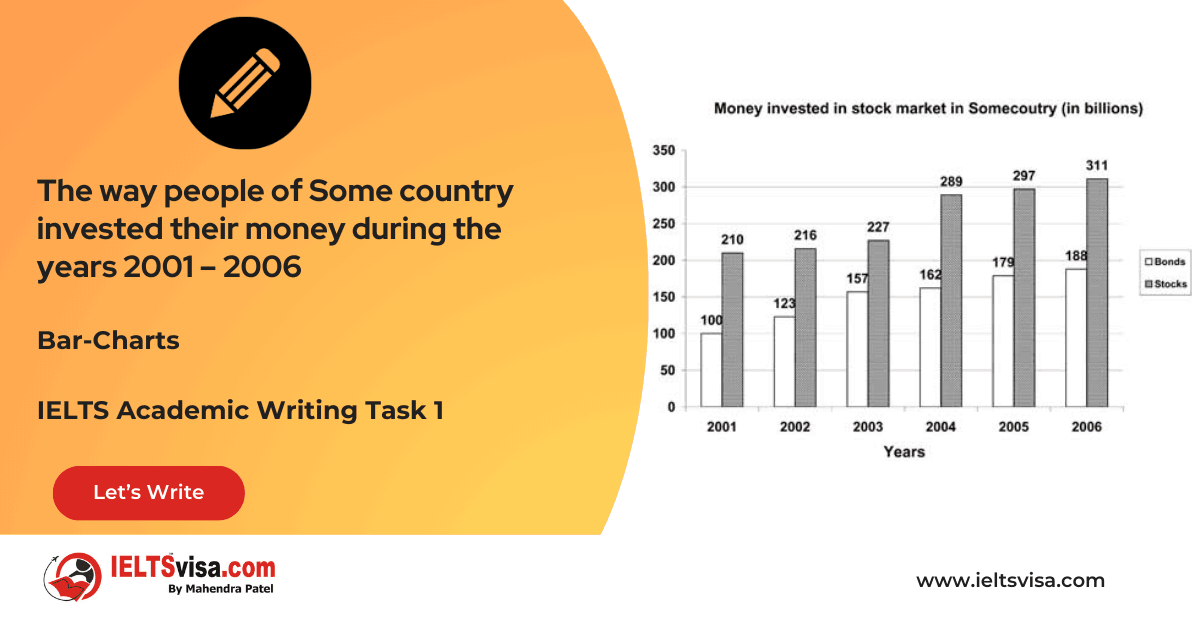
IELTS Writing Task 1 Question
The way people of Some country invested their money during the years 2001 – 2006
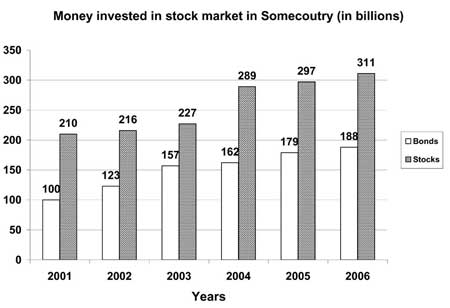
Common Questions for the Bar graph
1. Diagram Type: Bar graph
2. Title: Investment Trends in Bonds and Stocks in Somecountry (2001-2006)
3. What are the units of measurement? Billions of dollars
4. Who: Investors, financial analysts, economists, university researchers
5. When: From 2001 to 2006
6. Where: Somecountry
7. Topic: Investment trends in bonds and stocks
Detailed Process and Observations
Summary of Data : The bar graph compares the investment trends in bonds and stocks in Somecountry between 2001 and 2006. It is evident that both stock and bond investments saw a general upward trend, with stocks being the more popular investment.
- Stock Investments:
- In 2001, investments in stocks began at 210 billion dollars, nearly double the amount invested in bonds (100 billion dollars).
- Stock investments saw steady growth, rising by 6 billion dollars in 2002, and reaching 227 billion by 2003.
- In 2004, stock investments surged to 289 billion, peaking at 311 billion by 2006.
- Bond Investments:
- Bond investments started at 100 billion in 2001 and gradually increased, reaching 123 billion in 2002 and 157 billion in 2003.
- The growth in bond investments slowed down after 2004, with only a small increase to 162 billion in 2004, followed by steady growth to 179 billion in 2005 and 188 billion in 2006.
Sample Answer
The bar graph illustrates the investment patterns in bonds and stocks in somecountry between 2001 and 2006.
Overall, while both stocks and bonds saw upward trends in investment, stocks were consistently the more favoured investment choice throughout the period, with a noticeable surge in the final years.
In 2001, stock investments began at 210 billion dollars, nearly twice as much as the 100 billion dollars allocated to bonds. Stock investments showed consistent growth, reaching 227 billion in 2003 and experiencing a significant surge to 289 billion in 2004 before peaking at 311 billion dollars in 2006.
Meanwhile, bond investments grew steadily from 100 billion in 2001 to 157 billion in 2003. Although the growth rate slowed down, bond investments gradually increased, reaching 188 billion in 2006.
Top 25 Vocabularies
| Vocabulary | Meaning | Synonyms | Examples | Verb Type |
|---|---|---|---|---|
| Surge | A sudden and large increase in something | Spike, jump, rise | There was a surge in stock investments in 2004, reaching 289 billion. | Noun |
| Gradual | Happening slowly over a period of time | Steady, slow, incremental | The increase in bond investments was gradual, reaching 179 billion in 2005. | Adjective |
| Peak | To reach the highest point | Reach the top, climax, crest | Stock investments peaked at 311 billion in 2006. | Verb |
| Dominant | Most important, influential, or powerful | Leading, prevailing, major | Stocks remained the dominant investment choice over the period. | Adjective |
| Allocation | The distribution or assignment of resources or money | Distribution, allotment | The allocation of funds to bonds grew steadily each year. | Noun |
| Investment | The act of allocating money with the expectation of profit | Funding, financing | The investment in stocks was consistently higher than in bonds. | Noun |
| Upward trend | A pattern of increase over time | Increase, rise, growth | Both stocks and bonds displayed an upward trend throughout the period. | Noun |
| Consistently | In a stable and unchanging manner | Steadily, uniformly | Stocks were consistently the more favoured investment choice. | Adverb |
| Fluctuation | A rise and fall in value or level | Variation, oscillation | Bonds exhibited fewer fluctuations compared to stocks. | Noun |
| Growth rate | The pace at which something increases | Increase rate, acceleration | The growth rate of bond investments slowed after 2003. | Noun |
| Accelerate | To increase in speed or rate | Speed up, quicken | Stock investments accelerated significantly after 2003. | Verb |
| Steady | Firm, constant, and not fluctuating | Stable, gradual | Bond investments showed steady growth over the years. | Adjective |
| Allocate | To assign or distribute resources | Distribute, assign | More funds were allocated to stocks than to bonds in all years. | Verb |
| Substantial | Considerable in amount or importance | Significant, large | A substantial increase in stock investments was observed in 2004. | Adjective |
| Margin | The difference between two amounts | Gap, difference | The margin between stock and bond investments widened in the early years. | Noun |
| Favour | To show preference or choose | Prefer, prioritize | Investors favoured stocks over bonds throughout the period. | Verb |
| Increment | A small, gradual increase | Step, progression | Bond investments increased in small increments each year. | Noun |
| Significant | Important or notable | Noteworthy, marked | A significant surge in stock investments occurred in 2004. | Adjective |
| Divergence | A difference or deviation | Discrepancy, deviation | There was a clear divergence in investment patterns between stocks and bonds. | Noun |
| Stagnation | A lack of growth or development | Standstill, inactivity | Bond investments avoided stagnation, continuing to grow steadily. | Noun |
| Preference | A greater liking for one option over another | Inclination, priority | The preference for stocks remained consistent throughout the period. | Noun |
| Surpassed | To exceed or go beyond | Overtake, outstrip | Stock investments surpassed bond investments by a significant margin in 2004. | Verb |
| Trajectory | The path or trend over time | Course, direction | The trajectory of stock investments showed rapid growth after 2003. | Noun |
| Plateaued | To reach a level of stability after a period of growth | Stabilized, leveled off | Stock investments plateaued briefly before surging again in the final years. | Verb |
| Incremental | Increasing gradually over time | Gradual, step-by-step | Bond investments experienced incremental growth over the six years. | Adjective |
| Dramatic | Sudden and significant in impact | Striking, substantial | The dramatic rise in stock investments in 2004 highlighted their growing appeal. | Adjective |
| Outpace | To exceed in growth or speed | Surpass, outperform | Stocks continued to outpace bonds in terms of investment growth. | Verb |

Our Books
Master IELTS Speaking Part 1
IELTS Writing Task 1 Book
IELTS Writing Task 2 Book
Writing Task 1 Question Types
Practice IELTS Other Modules
IELTS Listening
The IELTS Listening test assesses how well you can understand spoken English in various contexts. It lasts about 30 minutes and is divided into four sections with a total of 40 questions. The listening tasks become increasingly difficult as the test progresses.
IELTS Academic Reading
The IELTS Academic Reading section assesses your ability to understand and interpret a variety of texts in academic settings. It is designed to evaluate a range of reading skills, including skimming for gist, reading for main ideas, reading for detail, understanding inferences, and recognizing a writer's opinions and arguments.
IELTS Speaking
The IELTS Speaking test assesses your ability to communicate in English on everyday topics. It lasts 11-14 minutes and consists of three parts: introduction, cue card, and a discussion based on the cue card topic.
IELTS General Reading
IELTS General Reading tests your ability to understand and interpret various types of texts. Here are some key areas and types of content you can expect to encounter in the reading section, along with tips for effective preparation.
IELTS Academic Writing Task 1
In IELTS Academic Writing Task 1, you are presented with a visual representation of information, such as graphs, charts, tables, or diagrams, and you are required to summarize, compare, or explain the data in your own words.
IELTS General Writing Task 1
In IELTS General Writing Task 1, you are required to write a letter based on a given situation. The letter can be formal, semi-formal, or informal, depending on the prompt. Here’s a breakdown of the key components to include in your letter
IELTS Academic Writing Task 2
In IELTS Academic Writing Task 2, you are required to write an essay in response to a question or topic. Here’s a guide to help you understand the essential elements of this task
IELTS Exam Tips
To succeed in the IELTS exam, practice regularly, familiarize yourself with the test format, improve your vocabulary, develop time management skills, and take mock tests to build confidence.
Grammer for IELTS
Grammar is the foundation of effective communication in English. Understanding tense usage, subject-verb agreement, and sentence structure enhances clarity and coherence in writing and speaking.
Vocabulary for IELTS
Vocabulary plays a crucial role in the IELTS (International English Language Testing System) exam, especially in the Speaking and Writing sections. Here’s an overview of why vocabulary is important and how it impacts your performance
RECENT IELTS SAMPLES QUESTIONS AND ANSWERS
Task 1 – Diagram – A conference hall built in 1981 and planned for 2020
20:00 Start Pause Stop [df_adh_heading title_infix="IELTS Writing Task 1 Question" use_divider="on"...
Task 1 – Table – The percentages of homeschooled students in Some Country in 1999-2004.
20:00 Start Pause Stop [df_adh_heading title_infix="IELTS Writing Task 1 Question" use_divider="on"...
Task 1 – Table – For a university tutor describing the information shown.
20:00 Start Pause Stop [df_adh_heading title_infix="IELTS Writing Task 1 Question" use_divider="on"...
Task 1 – Diagram – Rainwater Harvesting and Conversion to Drinking Water in an Australian Town.
20:00 Start Pause Stop [df_adh_heading title_infix="IELTS Writing Task 1 Question" use_divider="on"...
Task 1 – Column graph – Percentage of Young People Enrolled in Universities in 2000 and 2007.
20:00 Start Pause Stop [df_adh_heading title_infix="IELTS Writing Task 1 Question" use_divider="on"...
Task 1 – Bar Graph – Annual Teaching Hours by Teachers in Different Countries (2001)
20:00 Start Pause Stop [df_adh_heading title_infix="IELTS Writing Task 1 Question" use_divider="on"...

